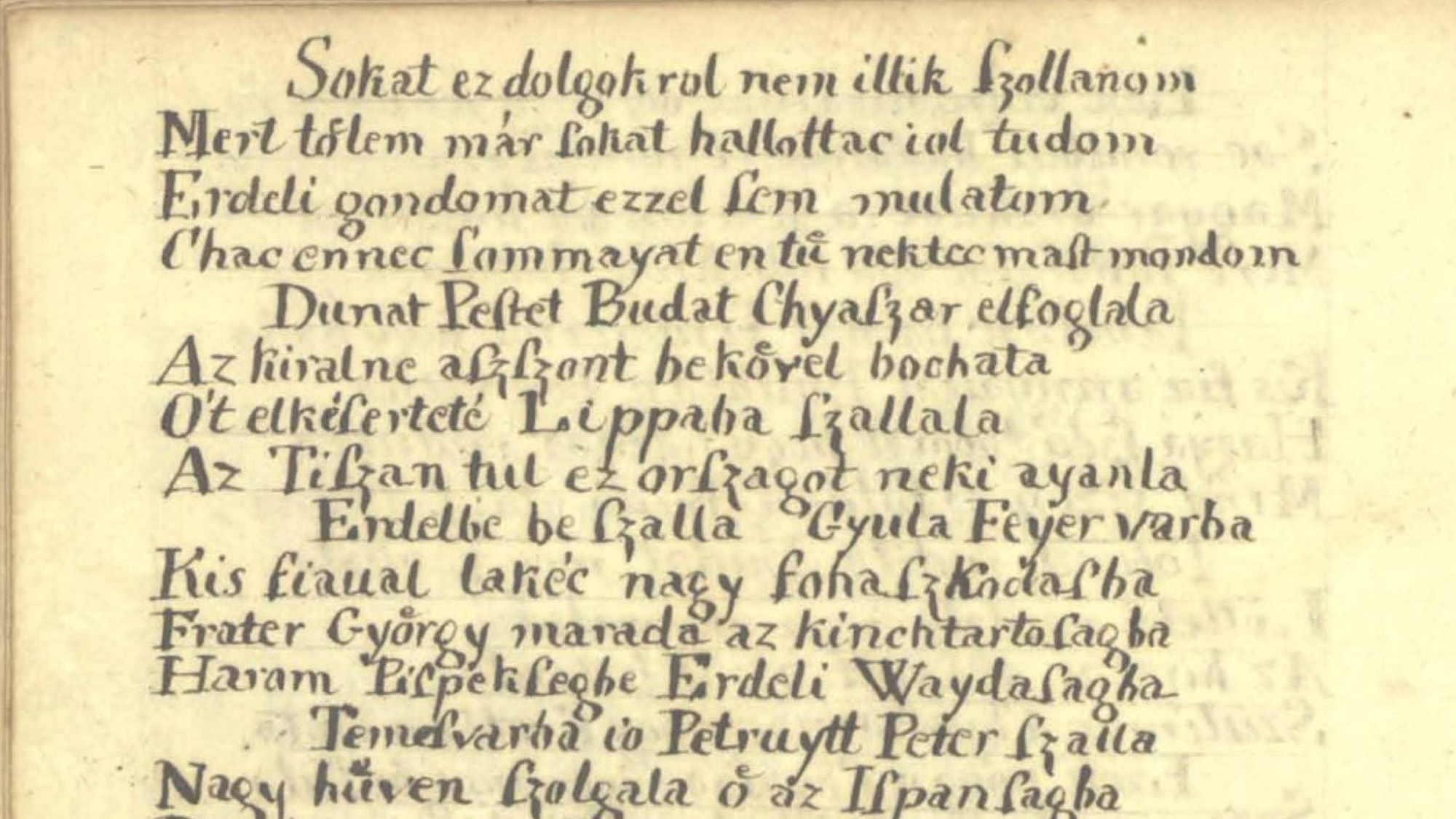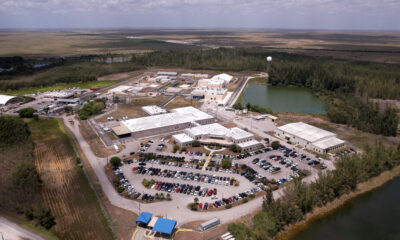Gadgets
500-year-old Transylvanian diaries detail the peril of the Little Ice Age

A team of researchers in Romania is using centuries-old primary source documents to investigate how a region known for vampire legends was affected by the Little Ice Age, a period of colder temperatures from the 14th to the 19th century. The findings, detailed in a study published in the journal Frontiers in Climate on February 12, reveal the social upheaval, famine, and plague that occurred during this time.
What was the Little Ice Age?
The Little Ice Age, a period of global cooling from around 1300 to 1850, saw average temperatures in the Northern Hemisphere drop by about 1.1 degrees Fahrenheit.
The exact cause of the Little Ice Age is still uncertain, but factors such as reduced solar output, changes in atmospheric circulation, and increased volcanism may have played a role.
During this time, mountain glaciers expanded across Europe, North and South America, and Oceania, leading to widespread famine and social unrest.
Nature’s archive vs. society’s archive
Scientists can use natural archives like ice cores and sediment samples to understand Earth’s history during the Little Ice Age, while society’s archive, including written reports and observations, provides additional insights.
In the study, researchers analyzed documents from 16th-century Transylvania to uncover the region’s climate history.
The study revealed significant climate variability in Transylvania, with periods of drought, heatwaves, and intense rainfall affecting agriculture, health, and society.
Records show that the first half of the 16th century was hot and dry, leading to devastating consequences such as dried springs and dwindling rivers.
[ Related: ‘Hunger stones’ showing the history of drought in Europe are resurfacing. ]
The second half of the century saw heavy rainfall and flooding, indicating a shift in weather patterns. Reports from the time suggest that the Little Ice Age effects might have manifested later in Transylvania compared to other parts of Europe.
The documents also describe severe winters and cold waves, supporting the idea of climate change during this period.
Through human eyes
Extreme weather events during the Little Ice Age, such as the Black Death, famines, and locust invasions, had significant socio-economic impacts and may have influenced settlement patterns.
The team suggests that towns in Transylvania may have adapted to the changing climate by building flood-resistant infrastructure or relocating to more favorable areas.

The study highlights the importance of analyzing both natural and societal archives to understand the impact of climate change on human history.
While the study provides insights into how people responded to extreme weather events, limitations such as fragmented records and subjective reports emphasize the need for a holistic view of historical climate data.
[ Related: Shifting ancient climates shaped human evolution. ]
Despite these limitations, the study offers valuable insights into the socio-economic consequences of extreme weather events and their role in shaping human history.
“Studying climate records from the society’s archive is as crucial as analyzing natural proxies,” said Caciora.
The article presents a perspective centered on the impact of past climatic events on human activity. Can you rephrase this sentence?
-

 Destination8 months ago
Destination8 months agoSingapore Airlines CEO set to join board of Air India, BA News, BA
-

 Breaking News10 months ago
Breaking News10 months agoCroatia to reintroduce compulsory military draft as regional tensions soar
-

 Gadgets3 months ago
Gadgets3 months agoSupernatural Season 16 Revival News, Cast, Plot and Release Date
-

 Tech News12 months ago
Tech News12 months agoBangladeshi police agents accused of selling citizens’ personal information on Telegram
-

 Productivity11 months ago
Productivity11 months agoHow Your Contact Center Can Become A Customer Engagement Center
-

 Gadgets3 weeks ago
Gadgets3 weeks agoFallout Season 2 Potential Release Date, Cast, Plot and News
-

 Breaking News10 months ago
Breaking News10 months agoBangladesh crisis: Refaat Ahmed sworn in as Bangladesh’s new chief justice
-

 Toys12 months ago
Toys12 months ago15 of the Best Trike & Tricycles Mums Recommend























